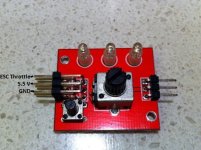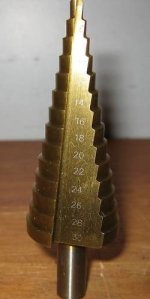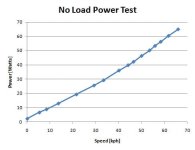When I say via geometry, I don't mean locking the drive to a position, and hence fixed losses.
I am still talking about a free to pivot progressive contact pressure just like your design, with the motor torque dicatating the contact pressure. I just want to limit the maximum engagement via a deadstop so I can stop too much contact pressure. I think you acheive the same thing but by using a soft-stop, ie. your foam dampener. This applies more and more reaction force as the drive engages, until a balance is found. I was think of a more defined stop to limit excess contact pressure, and hence losses.
Here is a pic of where my motor sits.
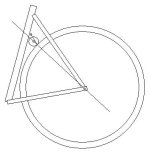
Here is a close up of the motor to tyre contact.
The motor torque grabs the tyre, resulting in the driving force in green (F1).
The geometry (specifically the angle shown with a double headed black arrow) sets what the resulting contact force with the tyre will be (F2)
If the coefficient of friction is high enough, then F3 = F2 x coefficient of friction > F1. And the drive will bite, and not slip.
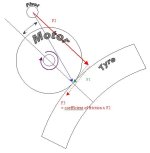
If the pivot point moved to the right, then you would get a lower contact force (F2)for an identiacal driving force F1, and more likely to slip, but less losses.
If the pivot point moved to the left, then you would get a higher contact force (F2) for an identiacal driving force F1, and less likely to slip, but more losses due to deflection of the tyre.
So for me the coefficient of friction dicates the maximum angle necessary to apply the contact pressure required to ensure the drive doesn't slip.
For a perfectly stiff tyre and motor, there would be no more angular travel after initial engagement.
Softer tyres will need more travel angle between pick-up point and fully engaged.
Stiffer tyres will require less travel angle, as the contact force will increase more rapidly.
Higher torque means higher contact pressure required, which means bigger travel angle.
If you get the geometry right, then F3 [EDIT - Ooops had written F1 before by mistake] is only slightly bigger than F1 to ensure engagement, and miminal losses. But in reality you will have a decent safety margin, so out-of round tyres, or tyre deflaion doesn't mean you start burning holes in your tyres.
Does that make it any clearer ? Or am I just confusing myself, and everyone.
- Adrian



